2011 was the year of thin and ultralight Macbook Air where Apple proved that people are willing to sacrifice computing power if they get a gold of a light and portable laptop. Intel’s next move is about to prove Apple wrong.
Intel has introduced a new segment of Laptops that would make notebooks, netbooks things of the past. Ultrabooks is a new segment that would bring portability to laptops without sacrificing performance. Ultrabooks would be powered by dual core i5 and even upto quad core Cire i7 processors with performing GPUs, which can give enough throttle to your Ultrabook to play graphics rich games.
Lets take a look at the best Ultrabooks that caught limelight at CES 2012.<
Acer’s S5-shaped
Acer S5 weighs merely three-pound and has a 13.3-inch display that turns on instantly. The body is sleek onyx black magnesium-alloy cover. Its all-metal chassis still feels solid, and we continue to be wary of that shallow keyboard. That 15mm-thick chassis is as impressive as ever — maybe even more so, now that we know half of this year’s Ultrabooks are likely to be larger. But man, is this thing even more beautiful in the light.
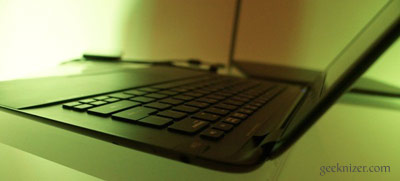
Thunderbolt port and an SSD for easy flinging. It’s the world’s thinnest Ultrabook, measuring just 15mm. Sadly it’s not all great: it’s got a scratchy, shallow keyboard. The ports drop down from a motorized back cover — Thunderbirds fans out there will adore it just for that.
Dell XPS 13
XPS 13 is Dell’s first Ultrabook with thickness varying from 18 to 6mm, made from aluminum and carbon fiber. The entry-level model would sport a Core i5 CPU, 128GB SSD, 4GB RAM and a backlit keyboard. Build quality is not all that pleasing althoug its priced at $1,000.

XPS 13 weighs in less than three pounds (2.99 pounds) and has a wedge profile that tapers from 18 to 6mm. With a starting price of $1,000, it sports an aluminum lid and carbon fiber chassis — a material we love & wish more Ultrabook makers would incorporate. Generally speaking, expect this to be one of the most compact Ultrabooks around (though not the lightest).
Entry level model is Core i5 processor, 128GB SSD, 4GB of RAM and backlit keyboard, though you’ll also be able to upgrade to a 256GB SSD and either a Core i5 or i7 CPU (Sandy Bridge at launch, with Ivy Bridge to follow in a refresh later this year). Other specs include a 300-nit, 1366 x 768, Gorilla Glass display; Intel HD 3000 graphics; a 47Wh battery rated for up to eight hours; Bluetooth 3.0; and Intel’s Smart Connect and Rapid Start technologies.
Samsung Series 9
This is a revamped version of original Series 9 that was launched a year ago. It gets thinner, lighter and sexier. The 15-inch Series 9 is the only laptop that thin with that large a display. A 13-inch remake, priced at $1,399 and up, and a new 15-inch form number that will cost $1,499-plus when the two go on sale next month.
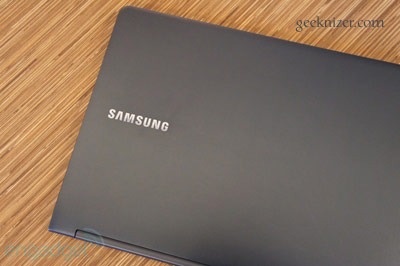
Samsung isn’t positioning the Series 9 laptops as Ultrabooks, but is quiet thing and packs Core i5 processors, 4GB of RAM, 128GB SSDs, six-hour batteries and backlit keyboards — Ultrabook-like specs if ever we’ve heard them.
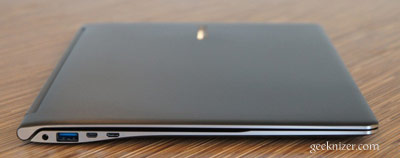
Even the 15-inch model is missing an optical drive, and isn’t much larger than the last-gen Series 9. It has a solid unibody aluminum design and a heartbreakingly beautiful display: a 1600 x 900 panel with a matte finish and 400 nits of brightness.
HP Envy 14 Spectre
Envy 14 is priced at $1,400 computer and is a “premium Ultrabook,” built from glass, weighing 3.79 pounds and it measures 20mm. It has a 14″ 1600 x 900 radiance display, NFC in the palm rest, Intel Wireless Display spanning, WiDi, Wireless Audio, and Beats Audio.
But with that weight, its more like a laptop than Ultrabook. Other than that you get Core i5-2467M CPU, 4GB of RAM, a nine-hour battery, backlit keyboard, carrying case. Upgrade options include a 256GB SSD and an extra 4GB of RAM
Lenovo IdeaPad Yoga
The 17mm thick flip-over device can be used as a laptop, tablet or kickstand-tablet for movie watching. You’ll want to watch movies on this thing, too: it’s got a 1600 x 900 IPS multitouch display, unheard of in a device of this caliber. It’ll retail for around $1,000 when Windows 8 arrives, but even the prototype models scream of quality.
This as a laptop first, and tablet second. The proof is in the specs, really. It weighs “less than 1.5kg,” or 3.3 pounds, making it heavier than some Ultrabooks. Not only is its display IPS, but it boasts 1600 x 900 resolution — an unheard of pixel count for tablets, let alone most 13-inch laptops.
And when this hits, it’ll pack “next-generation” (read: Ivy Bridge) Intel Core processors — albeit, of the ULV variety. Accordingly, it has a laptop price: around $1,000, when it eventually ships, sometime later this year after Windows 8 gets finalized.
Fortunately, the battery life is worthy of a tablet: Lenovo says the 54Wh juicepack can last up to eight hours. This is the most cost effective Ultrabook we’ve seen at CES. Our bets are on it.
Asus UX21
This was announced last year, but is still the sexiest Ultrabook we’ve come acros. Checkout Asus UX21 details.
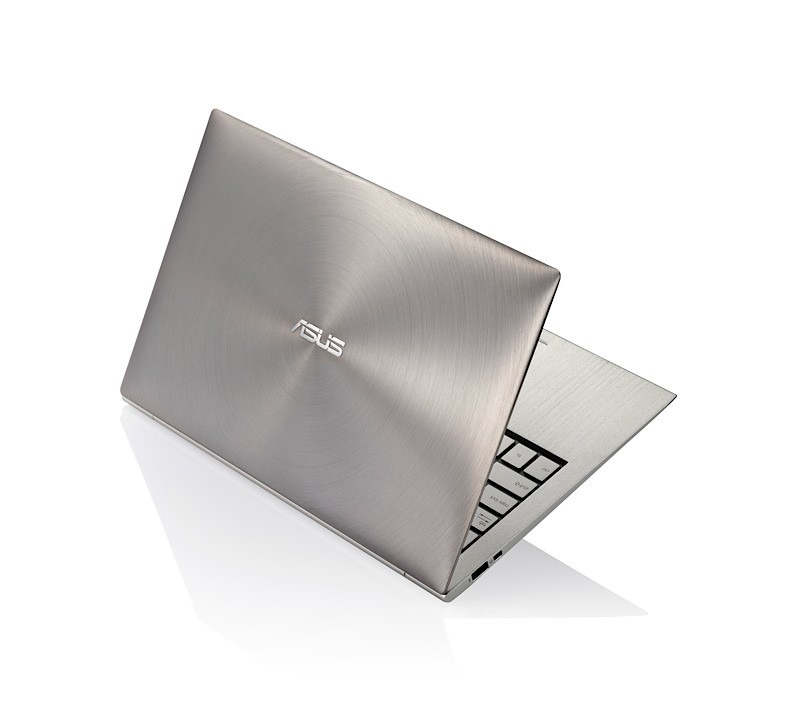
We write latest and greatest in Tech Guides, Apple, iPhone, Tablets, Android, Open Source, Latest in Tech, subscribe to us @geeknizer on Twitter OR on Facebook Fanpage, Google+:
loading...
loading...

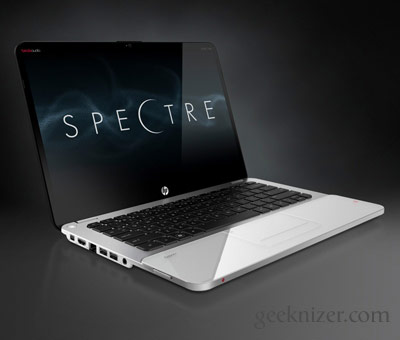
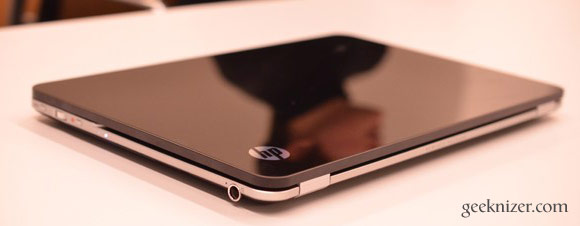
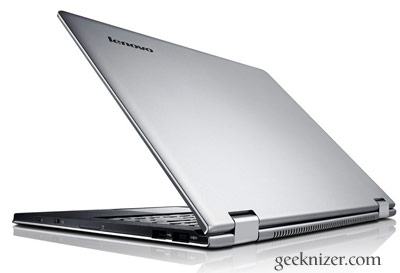
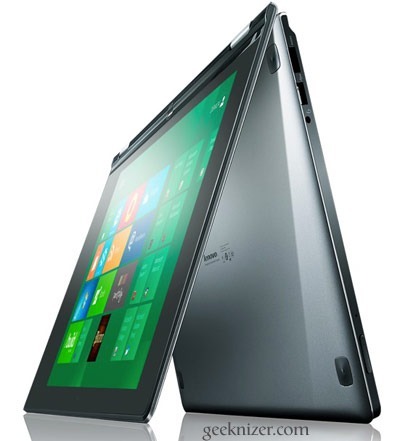
are you trying say the macbook air does not have these already. stop it they have.
loading...
loading...
anyone knows when lenovo is releasing its ideaPad yoga?
loading...
loading...